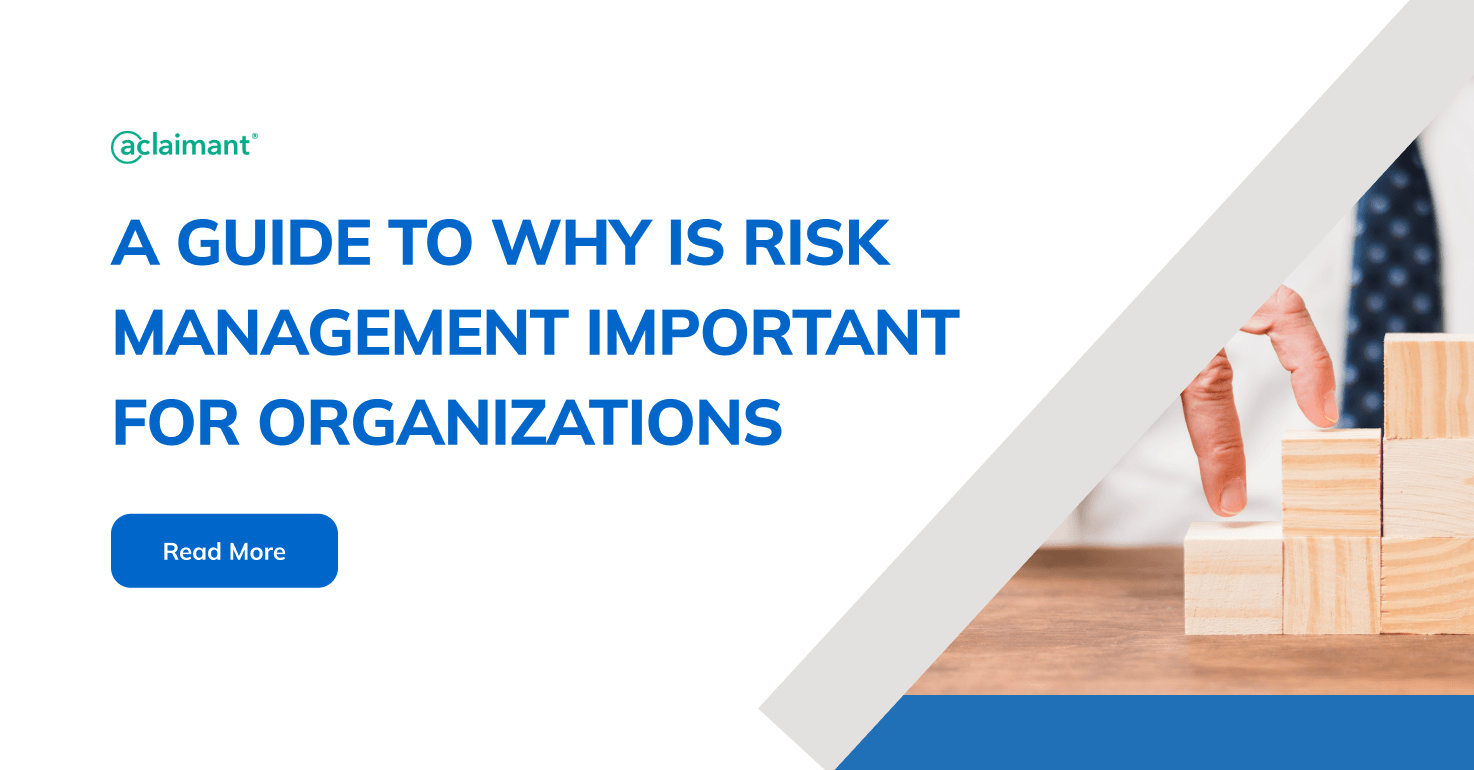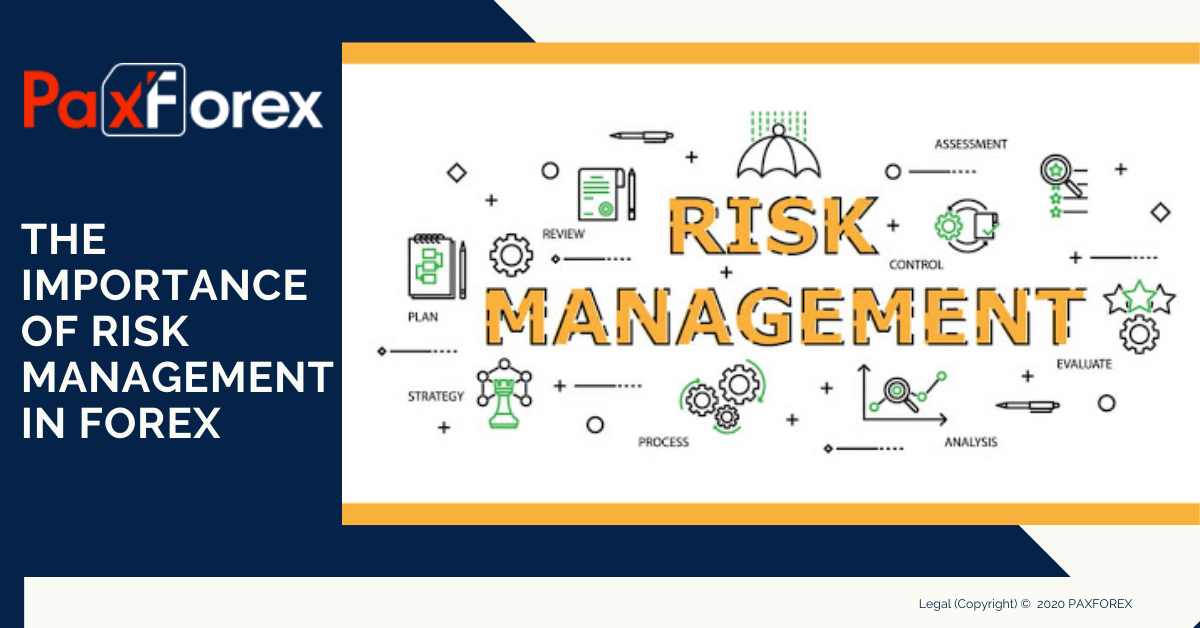The Unquestionable Importance of Risk Management in Safeguarding Organizational Success
The Unquestionable Importance of Risk Management in Safeguarding Organizational Success
Blog Article
Exploring the Importance of Risk Management for Effective Decision-Making Techniques
In the detailed globe of organization, Risk Management emerges as a critical variable in the decision-making procedure. The capacity to determine prospective hazards and chances, and plan appropriately, can spell the difference in between success and failure.
Comprehending the Concept of Risk Management
Risk Management, a crucial component in decision-making, is typically misconstrued or oversimplified. Risk Management involves organized and regimented methods, making use of data and insightful analyses. From monetary unpredictabilities, legal responsibilities, calculated Management errors, to accidents and all-natural catastrophes, it deals with different dangers - importance of risk management.
The Role of Risk Management in Decision-Making Processes
In the realm of strategic preparation and organization operations, Risk Management plays an indispensable function in decision-making procedures. Risk Management therefore ends up being a vital tool in decision-making, helping leaders to make informed selections based on an extensive understanding of the risks entailed. Risk Management serves as an important component in the decision-making procedures of any company.

How Risk Management Enhances Strategic Preparation
In the context of tactical planning, Risk Management plays a pivotal role. Launching with the identification of prospective dangers, it further includes the implementation of Risk reduction procedures. The function of Risk Management is not fixed yet vibrant, as it demands consistent surveillance and adjusting of approaches.
Determining Possible Risks

Applying Risk Mitigation
Having actually developed the significance of identifying potential risks, the next action is to explore Risk reduction. This process entails developing and executing techniques to manage determined threats properly. It is a critical aspect of calculated planning as it improves decision-making by lessening possible unfavorable end results. Risk reduction methods can range from Risk avoidance, Risk transfer, to take the chance of decrease. Each approach needs to be customized to the particular Risk, considering its potential effect and the organization's Risk tolerance. Moreover, effective Risk reduction requires a deep understanding of the Risk landscape and the potential impact of each Risk. This understanding enables companies to prioritize threats and allot resources effectively, making sure that one of the most significant risks are addressed initially.
Surveillance and Changing Methods
Though Risk mitigation is an important action in strategic planning, continual surveillance and change of these techniques is similarly important. It also gives a chance to review the success of the Risk Management actions, allowing adjustments to be made where essential, additional enhancing tactical preparation. Tracking and readjusting Risk Management approaches is a crucial element for boosting a company's resilience and calculated planning.
Instance Researches: Successful Risk Management and Decision-Making
In the globe of service and financing, effective Risk Management and Your Domain Name decision-making often serve as the pillars of prosperous enterprises. These instances highlight the value of astute Risk Management in decision-making procedures. These pop over to these guys situations highlight the vital role of Risk Management in strategic decision-making.
Tools and Techniques for Efficient Risk Management
Browsing the complex labyrinth of Risk Management requires the ideal collection of methods and tools. These tools, such as Risk registers and heat maps, help in recognizing and examining possible risks. Methods consist of both measurable techniques, like level of sensitivity analysis, and qualitative methods, such as SWOT analysis. These help in focusing on dangers based upon their prospective influence and probability. Risk feedback approaches, a crucial component of Risk Management, include accepting, staying clear of, transferring, or mitigating threats. Tracking and regulating dangers, via normal audits and reviews, make sure that the techniques stay reliable. With these methods and tools, decision-makers can browse the complex landscape of Risk Management, thus assisting in informed and reliable decision-making.
Future Patterns in Risk Management and Decision-Making Techniques
As we discover the huge landscape of Risk Management, it becomes noticeable that the tools and strategies made use of today will proceed to develop. Future patterns direct in the direction of an increased dependence on modern technology, with artificial knowledge and machine discovering playing substantial duties. These technologies will allow companies to anticipate possible risks with better precision and make more educated decisions. In addition, there will be an expanding emphasis on resilience, not just in managing dangers however additionally in recovering from negative circumstances. The idea of Risk culture, where every member of an organization is mindful and entailed in Risk Management, will gain a lot more prominence. These fads advertise a more aggressive and inclusive strategy in the direction of Risk Management and decision-making.
Final thought

Risk Management thus becomes a crucial tool in decision-making, aiding leaders to make enlightened selections based on a detailed this contact form understanding of the threats entailed. Risk reduction approaches can vary from Risk avoidance, Risk transfer, to risk decrease (importance of risk management). Effective Risk mitigation needs a deep understanding of the Risk landscape and the possible impact of each Risk. Risk response techniques, an essential part of Risk Management, involve approving, staying clear of, moving, or mitigating dangers. The principle of Risk society, where every member of an organization is mindful and involved in Risk Management, will certainly acquire extra prominence
Report this page